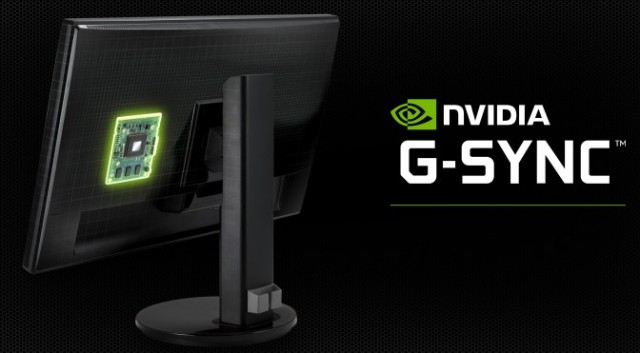Monitors and TVs generally tend to have constant refresh rates, which means they constantly replace to the following body at the dot, irrespective of what. A top rule of thumb is that a 60hz screen refreshes precisely 60 instances in step with second, irrespective of how rapid or gradual a sign is being despatched to it via way of means of a related device. This works fantastic for looking TV indicates and movies, however it is able to reason troubles while gambling video video games.
The GPU, or snap shots processing unit, is what your PC makes use of to show online game code into snap shots. It renders frames, after which sends them on your display as rapid as it is able to. GPUs generally tend to differ in how regularly they render a brand new body, primarily based totally on how an awful lot strain they may be positioned below to procedure the entirety it truly is taking place at the display. When framerates out of your GPU range too an awful lot, your screen (which, again, shows each body it gets at a hard and fast charge irrespective of what) will visibly show mismatched frames. These seem withinside the shape of display tears or artifacts that seem like frames wrestling to show at as soon as – kinda like a person slashed the display in half.
NVIDIA’s G-Sync video display units (and AMD’s Freesync video display units) provide up a technique to this hassle via way of means of making each your screen and your GPU talk the identical language, permitting your G-Sync screen to repair its framerate to the precise pace at which your GPU sends every new body, in accordance to NVIDIA.
What is NVIDIA G-Sync?
Normally, your gaming PC and your screen (or TV, if that fits your fancy) are running on distinct units of rules. If you do not appearance intently, you may assume they may be operating collectively in unison, however maximum of the time, they most effective talk to each other at the precise second your system’s GPU sends a brand new body on your screen – once in a while it will manifest at the screen’s schedule, regularly it won’t. In maximum cases, your gaming system and your show are out of sync, doing their very own factor on separate schedules.
NVIDIA G-Sync (and as soon as again, AMD Freesync) is a proprietary technique to this issue. Some video display units now include a unique NVIDIA chip interior of them that acknowledges while the screen is connected to an NVIDIA GPU, which lets in the screen and the GPU to collaborate greater intently collectively. This characteristic is not to be had in all video display units, and also you do want to shell out a top class for a screen that consists of G-Sync capabilities, however the upside is that generation lets in a few video display units to attain framerates of as much as 360hz.
Setting up your NVIDIA G-Sync screen is generally as easy as plugging it into the USB and DisplayPort ports in your PC and NVIDIA GPU, respectively, then navigating on your NVIDIA Control Panel and activating G-Sync from the associated tab.
What’s the distinction among G-Sync and V-Sync?
Before G-Sync and Freesync have become famous in more moderen video display units and TVs, builders have historically carried out a software program repair known as V-Sync, or vertical synchronization, which tries to resolve the display tearing hassle via way of means of locking the GPU’s refresh charge to the precise refresh charge of your display.
It’s a fundamental repair that does not truly account for what the GPU wishes if you want to render the following body smoothly, so it is able to regularly include downfalls consisting of enter lag (for example, wherein you press a button and also you do not see the impact on-display for an additional few milliseconds, making video games sense slower) or frames that appear jittery – like your whole PC is unevenly slowing down after which dashing up in ordinary patterns, which ruins the pacing of maximum video video games.
G-Sync and Freesync do the precise inverse of this; in preference to locking your GPU to a hard and fast screen refresh charge, they really permit the screen to perform at a variable refresh charge that still clicks collectively with the variable refresh charge of the GPU. This is likewise why G-Sync and Freesync are regularly known as “variable refresh charge.”


Average Rating